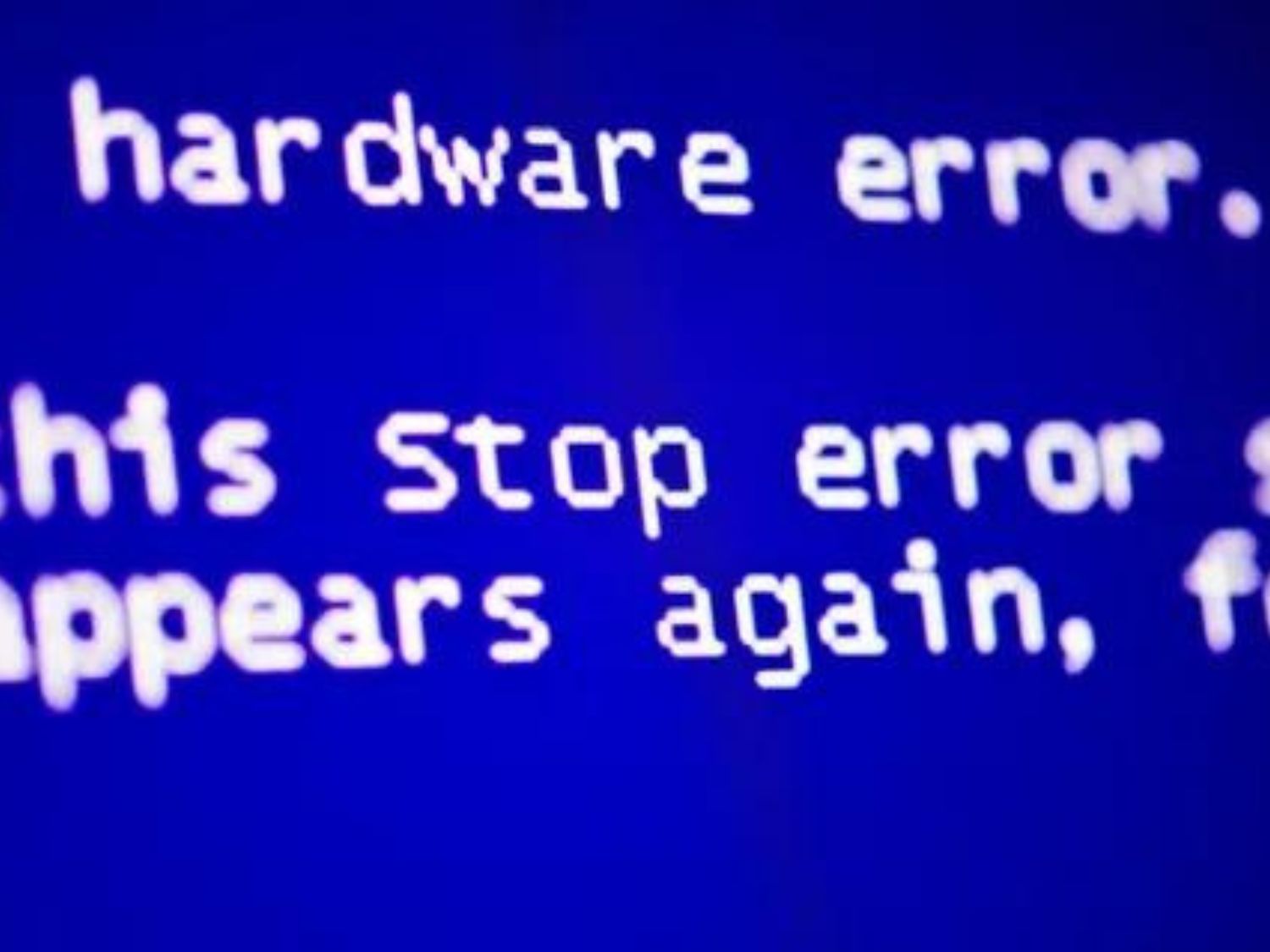In a time when digital infrastructure forms the core of worldwide operations, the reliability of IT systems is paramount. Recent events, such as the widespread outage caused by a software update from CrowdStrike Holdings Inc., highlight the critical vulnerabilities inherent in our increasingly interconnected world. This article delves into the causes, impacts, and preventative measures associated with these pervasive IT disruptions.
Here are the key points for the article:
- The Importance of Digital Infrastructure
- The Prevalence of IT Outages
- Frequency and Impact of IT Outages
- Case Study: CrowdStrike’s Global Outage
- Understanding the Causes of IT Outages
- Software Updates Gone Wrong
- Interconnected Systems and Dependencies
- The Far-Reaching Consequences of IT Outages
- Disruption in Critical Services
- Economic Implications
- Trust and Reliability Issues
- Mitigation and Prevention Strategies
- Robust Update Protocols
- Enhanced Redundancy and Failover Systems
- Regular Audits and Penetration Testing
The Prevalence of IT Outages
Frequency and Impact
CrowdStrike IT outage are no longer isolated incidents but have become alarmingly frequent. Major corporations such as Amazon and Microsoft have experienced significant system failures, each time demonstrating the extensive ripple effects these events have across various sectors. The recent CrowdStrike incident serves as a stark reminder of this ongoing issue.
Case Study: CrowdStrike’s Global Outage
On a recent Friday, a software update from CrowdStrike Holdings Inc., a renowned cybersecurity firm, led to a massive global outage. This incident underscores how even companies specializing in security are not immune to catastrophic errors. The update, which affected systems linked to mega-customer Microsoft Corp., disrupted operations in airports, stock exchanges, and hospitals.
Understanding the Causes
Software Updates Gone Wrong
The goal of software upgrades is to improve security and functionality. However, they can sometimes introduce new vulnerabilities or disrupt existing systems. In CrowdStrike’s case, the update was botched, leading to an unprecedented global outage.
Interconnected Systems and Dependencies
The complexity of modern IT infrastructures means that a single point of failure can have far-reaching consequences. The integration of CrowdStrike’s systems with Microsoft’s exemplifies how interconnectedness, while beneficial, can also propagate failures across multiple platforms.
The Far-Reaching Consequences
Disruption in Critical Services
The outage caused by CrowdStrike’s update led to significant disruptions in critical services. Airports experienced delays and cancellations, stock exchanges faced trading halts, and hospitals had to revert to manual operations, jeopardizing patient care.
Economic Implications
Such outages cause immediate operational disruptions and have long-term economic repercussions. Companies may face financial losses, decreased productivity, and damage to reputations. The global economy, already fragile due to various external factors, cannot afford such frequent shocks, as illustrated by the CrowdStrike incident.
Trust and Reliability
Frequent IT outages erode public trust in digital systems. Consumers and businesses alike rely on the assumption that these systems will be available and functional when needed. Repeated failures, such as the one caused by CrowdStrike, undermine this trust, leading to potential shifts in user behavior and increased scrutiny of IT practices.
Mitigation and Prevention Strategies
Robust Update Protocols
Companies must implement rigorous testing protocols for software updates to prevent future incidents. This includes thorough beta testing, rollback plans, and real-time monitoring to identify and address any issues that arise quickly. Learning from CrowdStrike’s experience, these steps are crucial.
Enhanced Redundancy and Failover Systems
Building more robust redundancy and failover systems can help mitigate the impact of outages. By ensuring that backup systems are in place, companies can maintain continuity even during primary system failures, as seen in the CrowdStrike case.
Regular Audits and Penetration Testing
Regular audits and penetration testing are crucial in identifying and rectifying potential vulnerabilities before they can be exploited or lead to system failures. These proactive measures help maintain the integrity and reliability of IT systems, preventing incidents similar to CrowdStrike’s outage.
Conclusion
As the frequency and impact of global IT outages continue to rise, organizations must prioritize the resilience of their digital infrastructures. By adopting comprehensive preventative measures and fostering a culture of continuous improvement, we can better safeguard against the disruptions that threaten our interconnected world. The CrowdStrike incident is a critical lesson in vigilance and preparedness in the digital age. At TechWhizGuide, we emphasize the importance of staying informed and prepared to navigate the complexities of today’s digital landscape.

